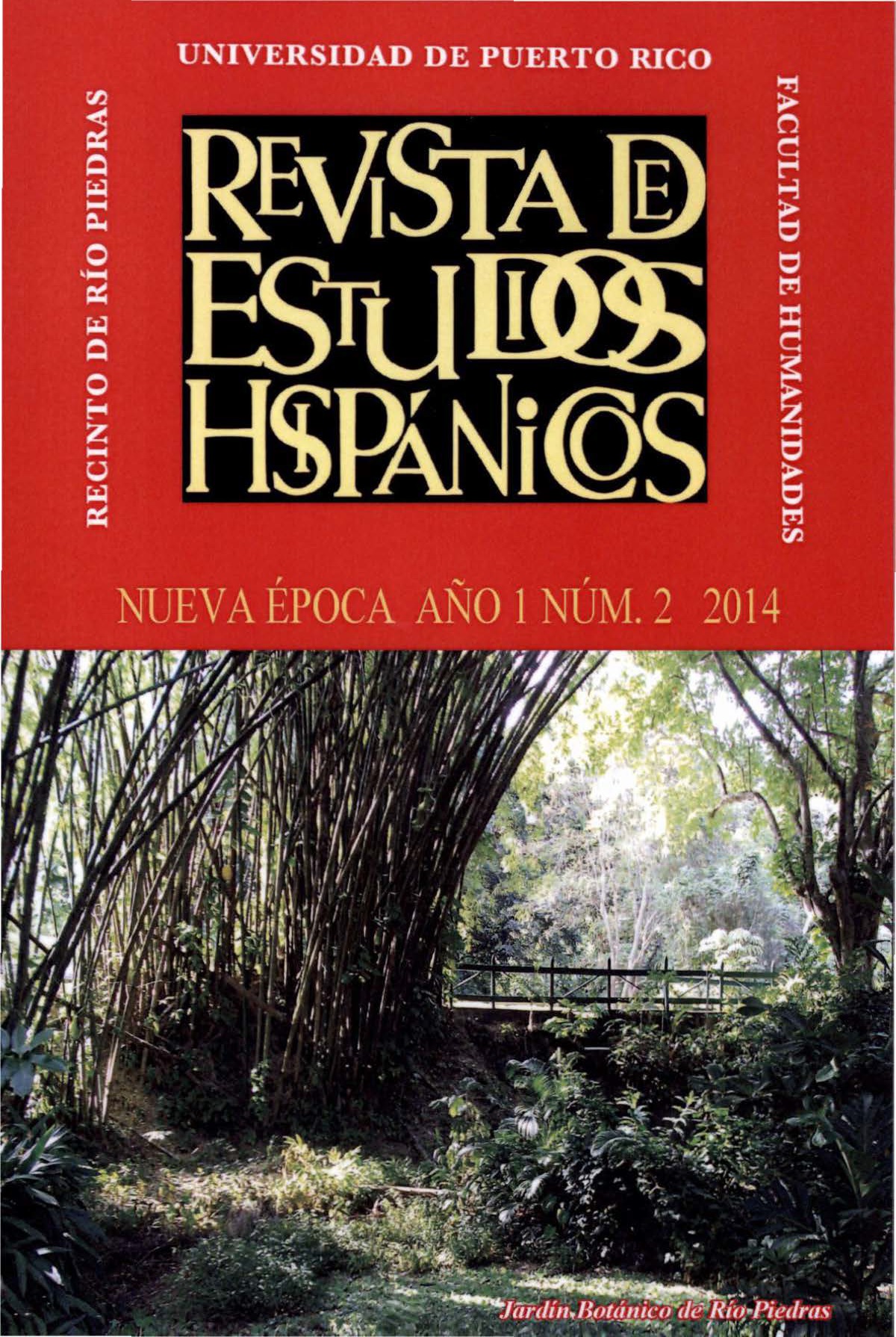Abstract
In order to study the first J.C. Onetti, I have analyzed two short stories: "Avenida de Mayo-Diagonal-Avenida de Mayo" and "El posible Baldi ", those were studied together because in both the landscape of modernity is used to configure the protagonists and cause mental operations. The analysis of each one of the stories highlights the various links between them. The conclusion that defines Onetti‘s first short stories is this: the outer and the inner world remove their boundaries. Everything is an object and everything is mind, and is in that closeness where the most important events occur. The first Onetti deals with that state of crisis of not knowing if the modern reality is pleasant or relieves from the peaceful homo ludens: a man who wish have a little or no contact at all with modernity and technology, who loves the countryside and let rest its Cartesian brain. Onetti also bets for falsehood, which has much in common with the literature as search of likelihood and use of imagination. Literature is lying. And lying, to Onetti, could be literature. As everything comes from the promenade and overlooking the cityscape, in both stories the modern objects define the characters, the story and even the point of view of the narrator.This work is licensed under a Creative Commons Attribution-NonCommercial 4.0 International License.
Downloads
Download data is not yet available.

